Keeping the Same Energy When Back in School
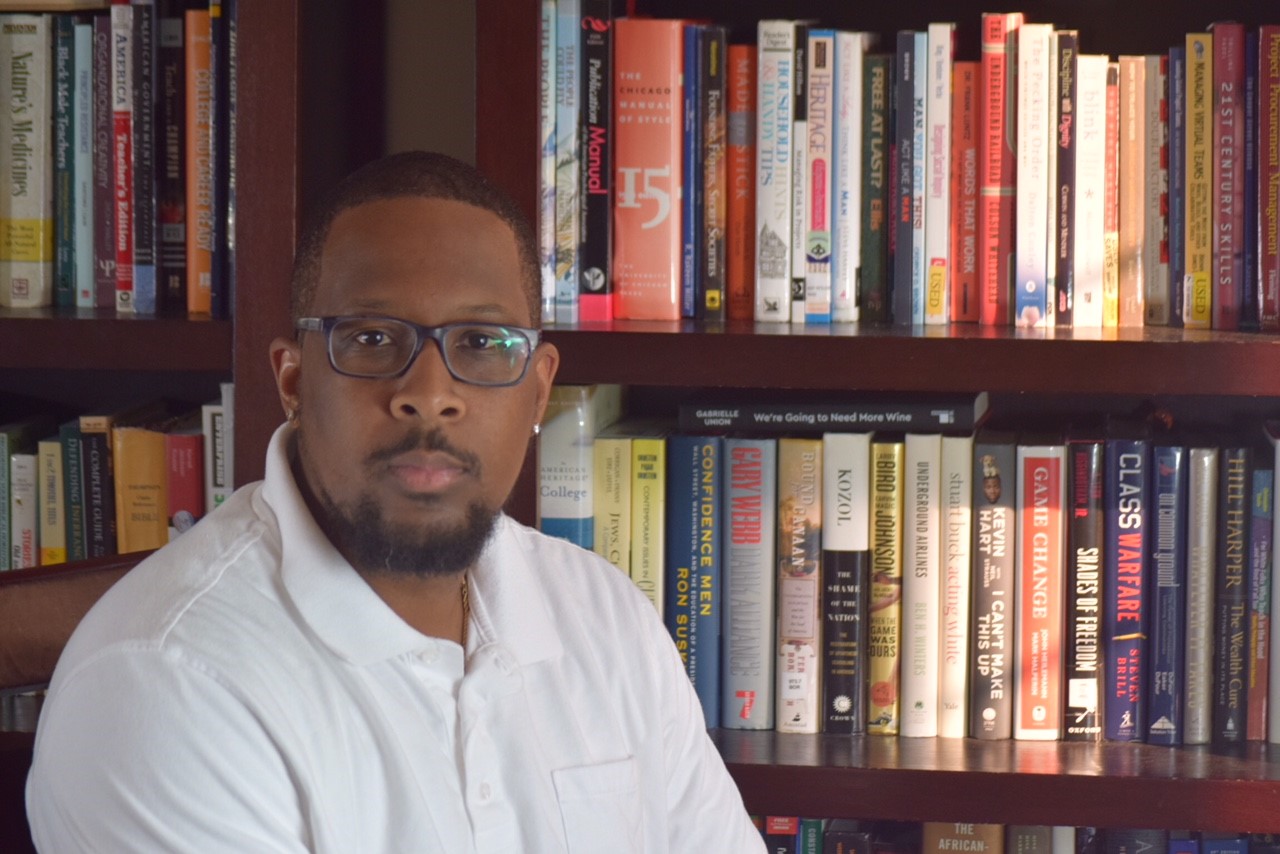
Rann Miller
By Rann Miller | Guest Blogger AC JosepH Media
The coronavirus has completely thrown the world as we know it upside down. Movie theaters, restaurants and retail stores are closing around the country as governors wrestle with maintaining a level of normalcy while at the same time facilitating social distancing to prevent the spread of the virus. School district leaders around the country wrestled with whether or not to close.
On the one hand, it makes sense to close schools.
Research shows that because schools are large community gathering spaces, shutting them down can stop the spread of a virus. According to work done by Dr. Howard Markel, a physician and medical historian, school closing turned out to be one of the most effective firewalls against the spread of the pandemic; cities that acted fast, for lengthy periods, and included school closing and at least one other NPI in their responses saw the lowest death rates. On the other hand, there are real life impacts to closing a school. Schools provide food and a shelter of sorts for those that maybe without. In Philadelphia, city and school officials called schools the lifeblood of the community and with respect to the surrounding communities, Philadelphia school closings result in students missing meals, parents missing paychecks and students losing another safe space. The same was said by advocates in New York City.
This is true for many students throughout the country. In the U.S., more than two-thirds of the 31 million students who regularly eat school lunches, or 22 million, depend on a free or reduced-price school lunch as a main source of their daily nutrition, according to the School Nutrition Association. That was advocated to be considered by school district leaders; potentially pausing school closures to ensure that students needs are met.
It’s unfair for school leaders to have to choose between feeding students in need or protecting students from a virus of pandemic proportions. Nevertheless, this decision must be made; states like New Jersey, Ohio and Maryland have made the choice for them. Yet district and local officials, in addition to non-profit organizations, are collaborating to provide meals for students. In Philadelphia, leaders have provided lists of sites where students can not only pick up food but engage in recreational activities.
To be clear, I love seeing people care for others during this stressful time. It’s wonderful that the level of concern for the less fortunate of our students, in addition to our families and the elderly has increased in light of the challenges ahead. It is my sincere hope, and prayer, that we all use this time to care for them and help them through this crisis. Likewise, I hope and pray that we do the same when we’ve overcome this tough time; when there’s no coronavirus crisis to wrestle with. I pray that we all maintain this same level of energy when things get “back to normal.â€
I hope that youth advocates and school district leaders are eager to provide safe spaces well after school hours and on weekends for young people to gather and be young. I hope to see more daily open gyms around the country for students to play and have fun or weekly movie nights that happen on Fridays and Saturdays.
I hope that youth advocates and school district leaders provide students and families meals not only during the school day but out of school times as well – particularly on the weekends. Is there a financial cost, manpower and time involved? Yes, there is. However, it shouldn’t take a pandemic for us to do whatever it takes to meet the needs of people. We should meet the needs of students beyond our normal functions as they need.
I understand that the needs of people don’t stop during times of crisis. We should make sure that in times like this that we take special care to consider and look after the most vulnerable of our students and their families. I also get that like in this current case; people put their safety on the line to help children. However, those who are in need of food and safety are experiencing crisis; those needs remain even when society moves as normal around them.
Stakeholders in communities like Philadelphia, New York City and my own Camden City, we care about those people in need at all times. But does our intensity during these times rival our intensity when there is no virus to contend with? Times like these highlight the plight of the less fortunate while making things worse. However, it shouldn’t take for a pandemic for us to be moved to intense action. Educators and youth advocates must work to provide young people with what they need at all times, not just in times of crisis and scarcity.
Prior to the coronavirus, young people were attending schools in underfunded districts and in dilapidated buildings. Some students attend schools with asbestos in communities without clean drinking water and where racial inequalities have wreaked havoc on families. These are problems we could have addressed prior to this current crisis. I have no doubt that we will overcome this tumultuous time. When we do, may we not forget those we so desperately advocated for during this time.
Our moment to fight for justice is not only now, but forever.
Bio: Rann Miller directs the 21st Century Community Learning Center, a federally funded after-school program located in southern New Jersey. He spent years teaching in charter schools in Camden, New Jersey. He is the creator, writer, and editor of the Official Urban Education Mixtape Blog. Follow him on Twitter: @UrbanEdDJ.
Note from AC Joseph Media: If you like this story and others posted on Front Runner New Jersey.com, lend us a hand so we can keep producing articles like these for New Jersey and the world to see. Click on Support FRNJ and make a contribution that will go directly in making more stories like this available. Thank you for reading.

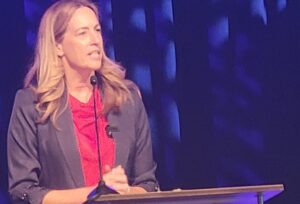
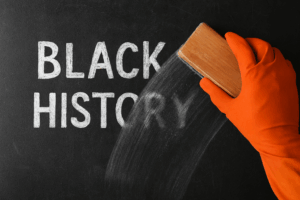
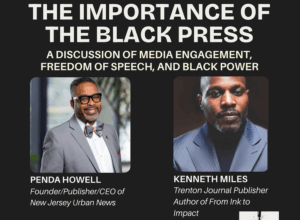

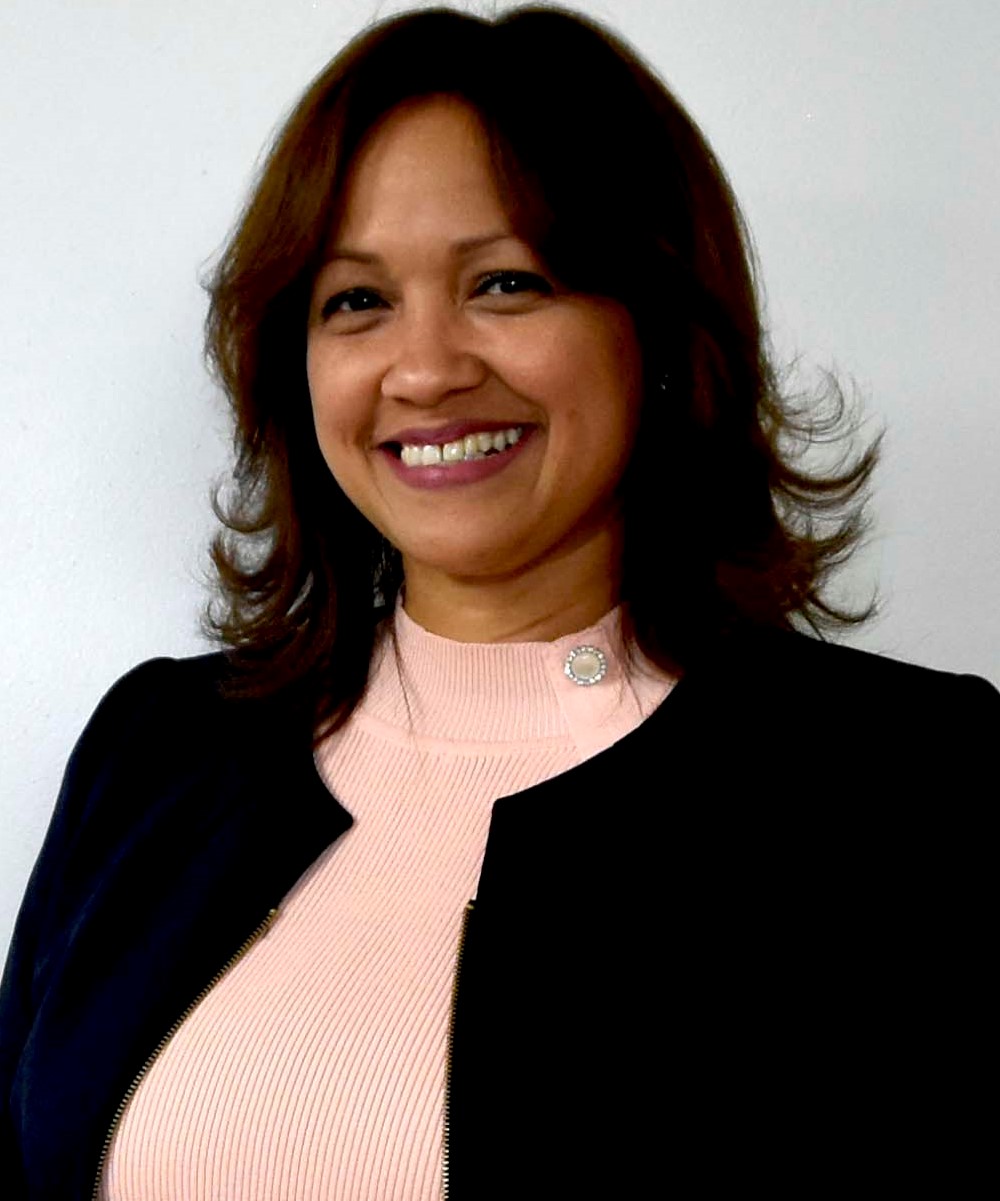

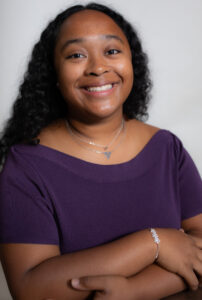
2 thoughts on “Keeping the Same Energy When Back in School”